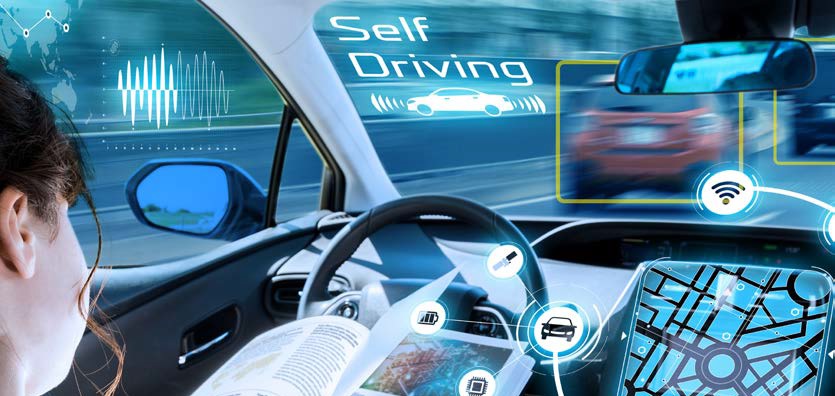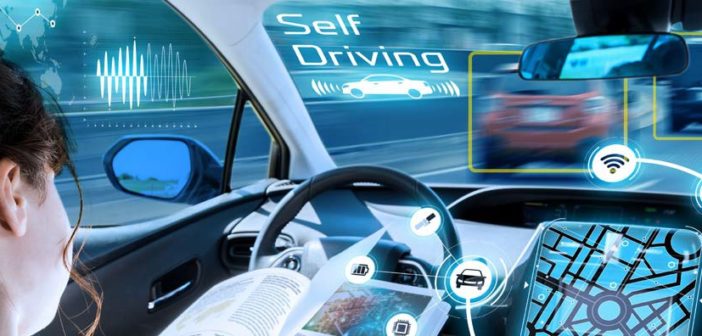
The first known death caused by a self-driving car occurred last year in May when a Tesla driver put his Model S into an autopilot mode. The car’s sensors, failing to distinguish a white 18-wheel tractor trailer crossing the highway, crashed full speed into it.
Nearly ten months later, an accident involving an Uber self-driving car prompted Uber to suspend its program for driverless cars pending further investigations.
Even more recently, Google added to our doubts about the safety of self-driving cars when they disclosed drivers testing their driverless car Waymo(s), equipped with advanced driver-assistance, fell asleep at the wheel while moving at highway speed; some even put on makeup or hunting for cables and the like in the 2013 experiments.
These incidents do not quieten the sense of unease when it comes to self-driving cars. A lot of the fear stems from the idea that the algorithms driving these cars are not able to make the split second “right” decisions and reactions that human drivers are (deemed) capable of.
Despite these misgivings, automation is on the rise in the transportation sector (and much more). Waymo, Uber, Tesla are not the only game in town. Automobile industry giants Ford, General Motors have also poured millions in this area. The pace of innovation has not sat idle. In the last quarter of 2017, AI-Asia Show at the Art Science Musesum Singapore, and the Singapore International Robo Expo (SIRE) held conferences and discussions to explore the trends, infrastructure and talents in Autonomous Vehicles (AV), among other aspects of automation and robotics…Click here to read full article.






